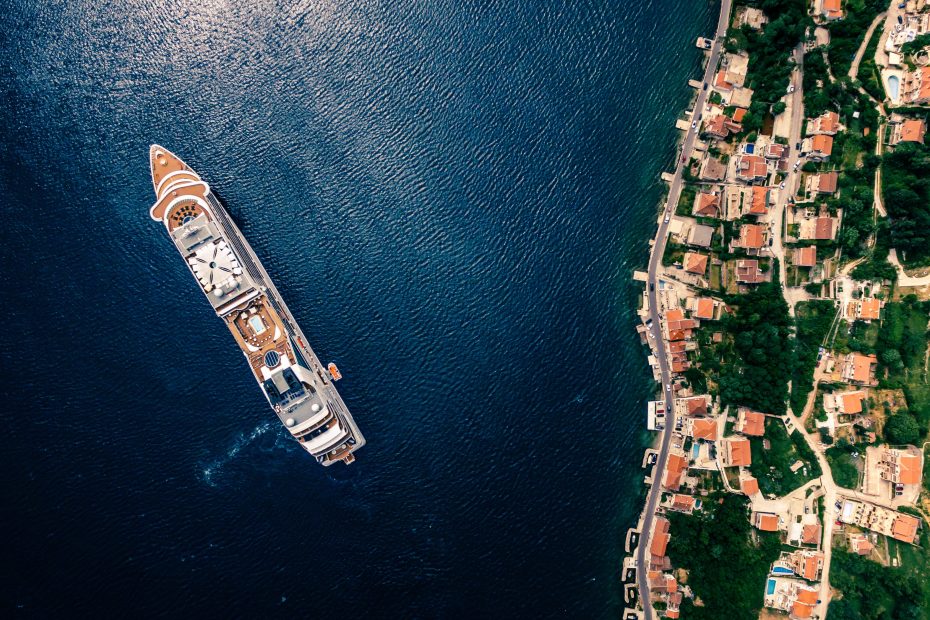Table of Contents
Introduction
Nestled on the Adriatic Sea across from Italy, Montenegro is often overlooked but deserves a spot on every traveler’s bucket list. With stunning natural landscapes, a rich cultural heritage, and endless opportunities for outdoor adventures, Montenegro packs a lot of punches into a small country. Read on to learn why this Balkan nation is quickly becoming one of Europe’s most coveted destinations.
Natural Beauty
Stunning Coastline and Beaches
Montenegro’s coastline along the Bay of Kotor is simply stunning. With over 120 miles of coast, there are plenty of pebble and sandy beaches to explore. Some favorites include Pržno Beach with its turquoise waters and Becici Beach with its white sands. For particularly dramatic views, head to the Lustica Peninsula.
Dramatic Mountains and National Parks
Inland from the coast, Montenegro is over 70% mountainous. Durmitor National Park is a must for hikers who want to explore glacier lakes and soaring peaks. Biogradska Gora National Park also impresses with one of Europe’s last primeval forests.
Lake Skadar National Park
This freshwater lake is one of the largest in Europe. It provides beautiful vistas and an abundance of wildlife. Birdwatchers in particular will be amazed by the sheer diversity of birds that call this park home.
Rich History and Culture
Medieval Architecture in Walled Cities
The walled cities of Kotor and Budva contain medieval churches, monasteries, and palaces dating back hundreds of years. Walking the cobblestone lanes feels like stepping back in time. Both towns are UNESCO World Heritage sites.
Influence of Different Empires Over Time
Due to its strategic location, Montenegro was ruled by everyone from the Illyrians and Venetians to the Ottomans and the Austro-Hungarians. This left its mark through diverse architecture, food, and cultural influences.
Folk Music and Cuisine
Traditional folk music involves melancholic vocals, sometimes accompanied by a single-stringed lute. Montenegrin cuisine shows Mediterranean and Balkan influences, with grill-focused meat dishes and fresh seafood.
Activities and Adventures
Hiking and Biking Trails
Outdoor enthusiasts will love Montenegro’s seemingly endless hiking and biking trails. Test your legs ascending through the mountains or cruise along the flat regional cycling route.
Rafting, Kayaking and Canyoning
For water-based adventures, go whitewater rafting or kayaking down the Tara River. Canyoning through the Draga Canyon is another heart-pumping option.
Scuba Diving and Snorkeling
Crystal clear Adriatic waters provide visibility up to 115 feet, creating ideal conditions for scuba diving and snorkeling. Kotor Bay and the islands of Katič and Lipska are prime spots to search for sea life.
Travel Tips
Best Times to Visit
Avoid the peak summer crowds by visiting in late spring or early fall. Late September still sees warm weather and fewer tourists.
Getting Around
Public buses connect major towns fairly efficiently. Renting a car allows maximum flexibility for harder to reach spots.
Where to Stay
Stay in Kotor’s old town for walking proximity to shops and restaurants. Or escape to the coastal villages of Perast or Prčanj for a quieter vibe.
Conclusion
With its rugged beauty, layered history, outdoor adventures, and laidback vibe, Montenegro offers an ideal off-the-beaten-path vacation. Its intact traditions and unspoiled villages provide a glimpse into the past while still maintaining modern amenities and infrastructure. Discover this Balkan jewel for yourself. The hospitable locals will be sure to welcome you with open arms.
FAQs
What is the best way to get around Montenegro?
Renting a car is the best way to access remote areas of Montenegro. For traveling between main towns, public buses are a reliable and affordable option.
When is the best time of year to visit Montenegro?
The best times are late spring (May-June) and early fall (September-October) when the weather is warm but the crowds are smaller than in peak summer. Late September still has summer-like weather with fewer tourists.
What are the top things to see and do?
Top highlights include exploring Kotor’s medieval old town, hiking in Durmitor National Park, rafting the Tara River, enjoying the beaches and nightlife in Budva, and wandering the cobblestone lanes of Perast and Kotor.
How many days do you need for Montenegro?
At minimum, plan to spend 5-7 days to hit the highlights. 10-14 days allows time to immerse yourself and enjoy activities like hiking, boating, and relaxation at the beaches.
Is Montenegro expensive?
Compared to other European destinations, Montenegro offers good value, especially in terms of accommodation, food, and activities. Travelers on a mid-range budget should be comfortable.
